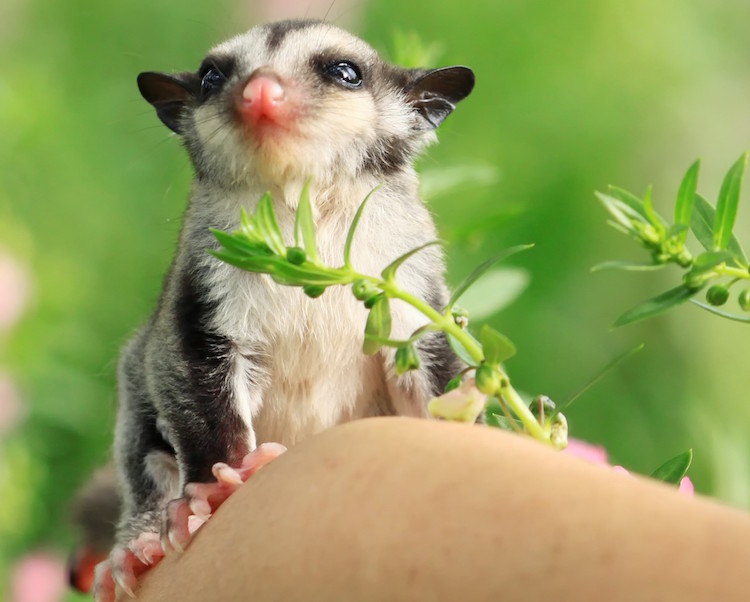Pet Sugar Glider Hind-Leg Paralysis: What You Need To Know
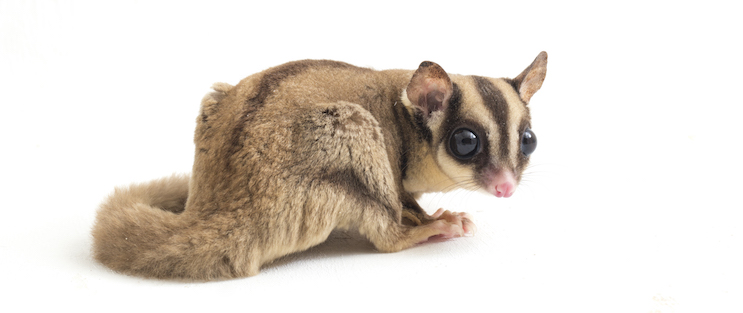
Image credit: Freepik.com
Pet sugar gliders can sometimes face a common issue called hind-leg paralysis.
Sugar glider hind-leg paralysis refers to the partial or complete paralysis of the hind legs in sugar gliders. While the exact cause of this condition is often attributed to bacteria or viruses, it can also occur due to injuries.
The encouraging aspect is that sugar gliders possess remarkable resilience and often recover from hind-leg paralysis within a few weeks. Nevertheless, it remains crucial to immediately seek veterinary assistance for your pet sugar glider. This step ensures that other potential problems are ruled out and maximises the chances of a complete recovery for your beloved pet sugar glider.
This article explores the potential causes of pet sugar glider paralysis, highlights the signs indicating hind-leg paralysis, and provides guidance on how to manage pet sugar glider hind-leg paralysis.
Causes of Pet Sugar Glider Hind-Leg Paralysis
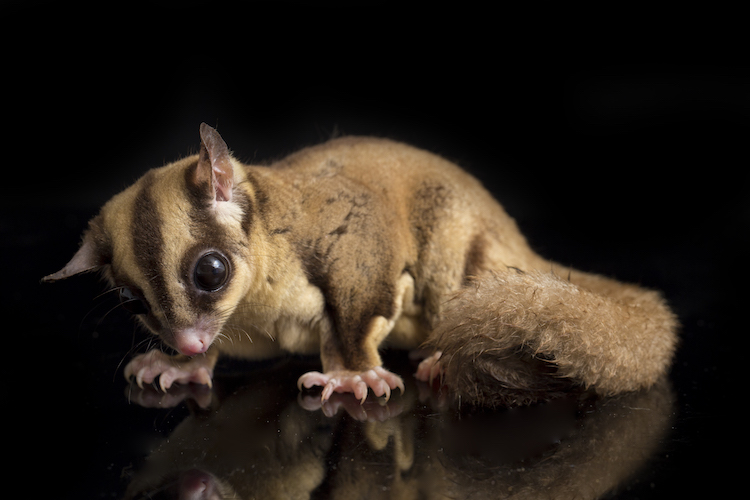
Image credit: Freepik.com
Paralysis in pet sugar gliders can be attributed to various factors, including trauma and infections.
Hind-leg paralysis is a prevalent issue among pet sugar gliders, characterised by nerve compression that hinders their hind leg mobility. Several potential causes contribute to this condition, including:
Bacterial Infections
Bacterial infections are a primary cause of hind-leg paralysis in pet sugar gliders. Prompt treatment with antibiotics is vital, emphasising the importance of early detection.
If your pet sugar glider has been outdoors or in contact with other animals, there is a risk of contracting a bacterial infection.
Viral Infections
Certain viral infections can lead to hind-leg paralysis in sugar gliders. Notable viruses associated with this condition include:
- Parvovirus: This highly contagious virus can progress rapidly, requiring immediate action.
- Rabies: Another potentially fatal virus, rabies can cause paralysis. If your pet sugar glider has been exposed to a wild animal, it should be promptly examined by a veterinarian, as rabies can be transmitted through bites.
Calcium Deficiency in Pet Sugar Glider Diet
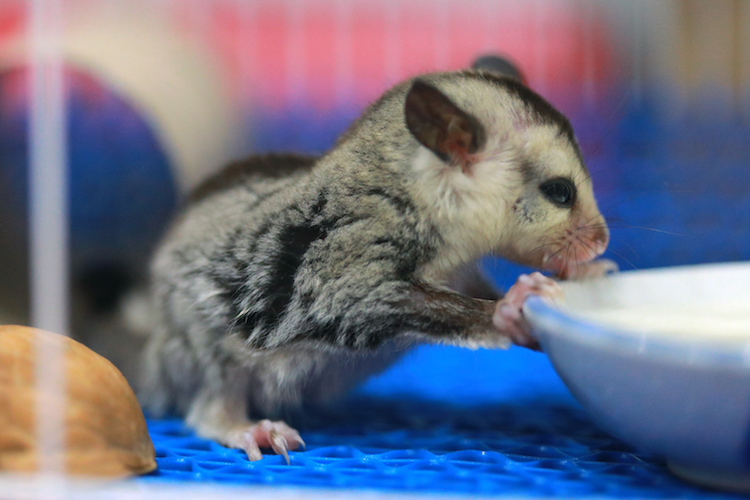
Image credit: Vecteezy.com
Insufficient calcium intake in the diet can result in hind-leg paralysis in pet sugar gliders. Ensure your pet sugar glider has access to a calcium supplement and incorporates calcium-rich foods like dark leafy greens into its diet.
Avoid allowing your pet sugar glider to selectively eat, as an imbalanced diet can have detrimental effects. A well-rounded diet should maintain a calcium to phosphorus ratio of 2:1. If you require guidance on proper pet sugar glider care, consult a veterinarian or an exotic animal specialist.
Pet Sugar Glider Injuries
Any form of spinal or nervous system injury can lead to paralysis. If your pet sugar glider has been involved in a fight or experienced an accident, it may be at risk of paralysis.
Pet Sugar Glider Hind-Leg Paralysis Treatment
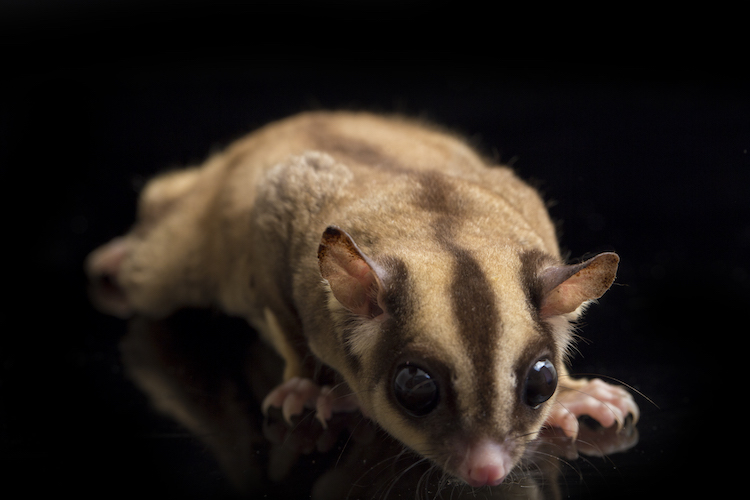
Image credit: Freepik.com
The treatment approach for pet sugar glider hind-leg paralysis varies depending on its underlying cause. In cases where the paralysis is a result of an infection, antibiotics are typically prescribed to address the root cause. If the paralysis is due to a calcium deficiency in the diet, it is recommended to supplement with calcium. Alternatively, if the paralysis is caused by an injury, the focus of treatment lies in relieving pressure on the spine or nervous system.
While there are instances where the paralysis may be permanent, most pet sugar gliders can lead a fulfilling and lengthy life with proper care and treatment.
If you notice sudden paralysis in your pet sugar glider, it is crucial to seek immediate veterinary care.
Pet Sugar Glider Hind-Leg Paralysis Prevention
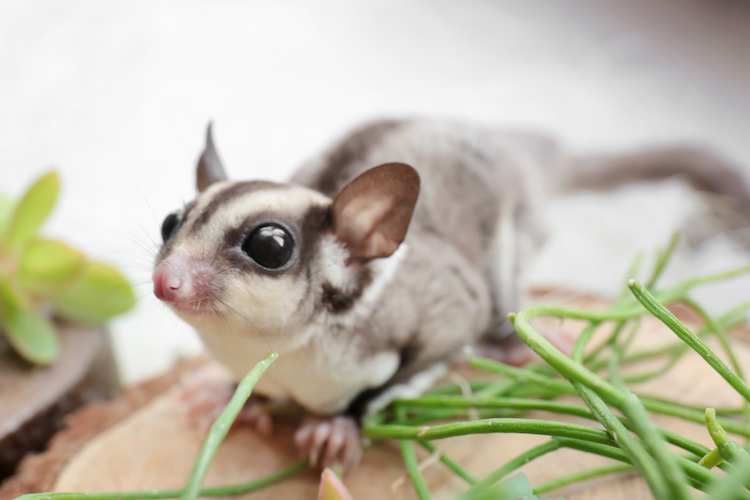
Image credit: Freepik.com
The most effective approach to prevent hind-leg paralysis in your pet sugar glider involves ensuring a well-balanced diet and providing a suitable calcium supplement.
While calcium plays a crucial role in your pet sugar glider’s diet, it is essential to avoid excessive calcium intake, as an imbalance can be equally detrimental.
Regular veterinary check-ups are of utmost importance to establish a comprehensive medical history for your pet sugar glider and ensure they remain in good health while staying up-to-date on vaccinations. This proactive measure enables the early detection of any potential issues before they escalate into more serious conditions. In the unfortunate event that your pet sugar glider experiences paralysis, prompt treatment significantly increases the likelihood of a complete recovery.
Symptoms of Pet Sugar Glider Hind-Leg Paralysis
The presence of hind-leg paralysis in a pet sugar glider is typically characterised by evident signs. The most apparent indication is the inability to utilise the back legs effectively. This can manifest as dragging or complete immobility of the legs.
Additional signs may include weakness in the back legs or a limp appearance. In some instances, the paralysis may affect only one hind leg, while in others, it may impact both hind legs. Severe cases of pet sugar glider paralysis can also hinder your pet sugar glider’s ability to move its tail. Paralysis may lead to incontinence, resulting in your pet sugar glider urinating or defecating on itself.
Other symptoms to watch for in cases of pet sugar glider hind-leg paralysis are:
- Tremors
- Shivering
- Lethargy
- Limpness in the back limbs
- Dragging of the back limbs while moving
- Difficulty in tail movement
- Impaired balance
- Generalised weakness
Being aware of these pet sugar glider hind-leg paralysis symptoms will aid in early detection and prompt veterinary care.
Conclusion
Pet sugar glider hind-leg paralysis is a significant condition that can arise from various factors. Taking proactive steps, such as providing a well-balanced diet and a calcium supplement, plays a crucial role in prevention.
In the unfortunate event that your pet sugar glider experiences paralysis, swift action is essential. Seeking immediate veterinary care is paramount. With timely treatment, there is a high chance of successful rehabilitation and full recovery for most pet sugar gliders.
Download the JoJo Pets app today for exclusive news and offers at https://jojo-pets.com/
